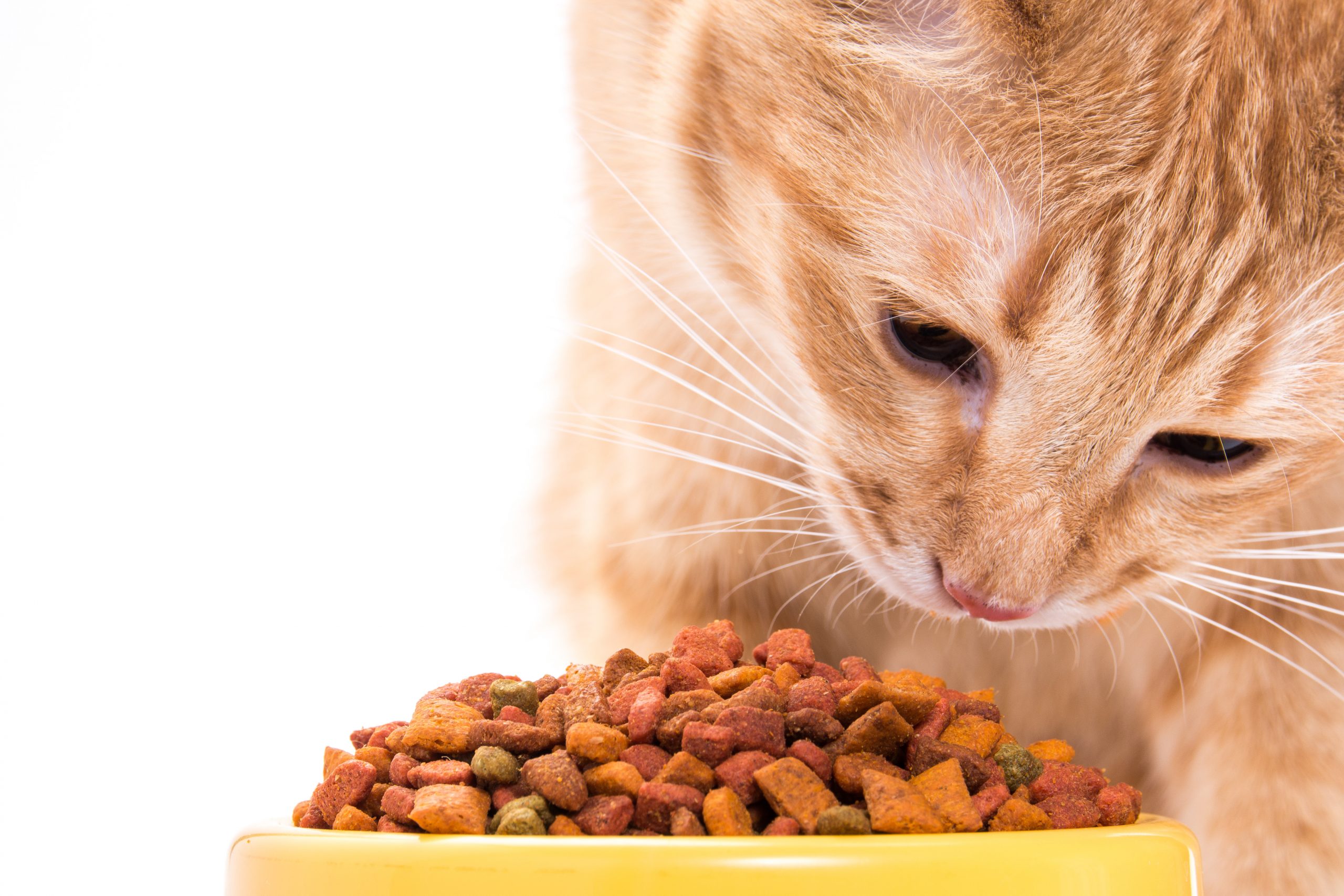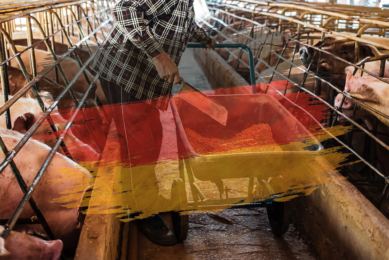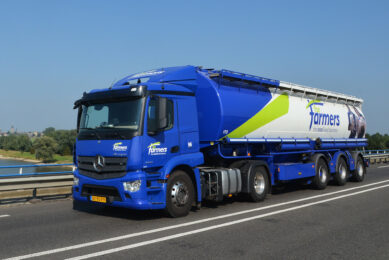Gelatin: Potential to improve pet food kibbles

The quality of the kibble is an important topic for pet food producers, especially with the increased levels of protein in the pet food. US researchers performed a study to test whether adding gelatin can improve the kibble physical properties.
Currently, pet food is trending towards higher levels of protein, thus lower levels of starch. Decreasing starch, one of the main structure forming ingredients in extruded foods, creates issues of lower rates of expansion and decreased kibble durability. Consumers tend to dislike ingredients that do not serve a nutritional purpose; therefore, gelatin may be a plausible binding ingredient for high protein pet foods.
Gelatin is a pure protein derived from collagen and is sold as a dry, odourless, tasteless powder. High-bloom gelatins find numerous uses in human food as a stabiliser, foaming agent, and capsule base among other uses. Low-bloom gelatin may find a value-added opportunity as a nutritional binder in pet food. Therefore 4 extrusion experiments were performed to test this hypothesis.
Experimental set-up
2 initial experiments were performed to determine the changes in kibble physical properties when gelatin was used at different inclusion rates in a dry extruded pet food. 2 additional experiments were performed to determine the relationship between gelatin level and product density, and to determine the effect of increasing gelatin bloom strength on kibble properties.
Experiment 1 compared gelatin at 0, 50, 100, and 150 g/kg inclusion and 150 g/kg gelatin at 3 different extruder screw speeds. Results showed a decrease in expansion but an increase in hardness and pellet durability index (PDI); however, there may have been inadequate preconditioning. It was unclear whether the decrease in expansion or presence of gelatin improved product durability.
Experiment 2 analysed 2 levels of gelatin, 0 and 100 g/kg, under 2 extruder screw speeds, 300 rpm and 500 rpm, and 2 hydration ratios, 170 and 280 g/kg. In this experiment, there were no differences in density, expansion, hardness, or PDI. This indicated preconditioning was more ideal and may indicate gelatin does not decrease product expansion.
Experiment 3 analysed 2 levels of gelatin, 0 and 100 g/kg, at 2 target densities, low and high. Results indicated that gelatin created a more expanded product when processed under similar conditions as a control formula. Experiment 4 analysed different strengths of gelatin to determine if the low-bloom gelatin experiments were repeatable with more conventional strength gelatins. Treatments were a control with no gelatin, and a 100, 175, and 250 bloom gelatins.
Results showed increased gelatin strength increased product expansion, likely through a foaming effect. However, durability declined with mid- and high-bloom gelatins; thus, low-bloom gelatin may be the most promising to improve product characteristics and preserve durability. .
Potential solution for durability and expansion issues
The researchers conclude that, overall, gelatin increased the expansion of moderate protein pet foods and improved durability in most experiments, with sufficient preconditioner water addition. However, gelatin may have different effects in depending on target density. Based on these experiments, low-bloom gelatin increased expansion while preserving the durability of the kibble. Gelatin may be a potential solution for durability and expansion issues experienced when producing higher protein pet foods. However, further experimentation is needed to evaluate gelatin at lower levels more practical for industry use and to evaluate gelatin in diets that have a greater (300 g/kg; 30%) protein content.











